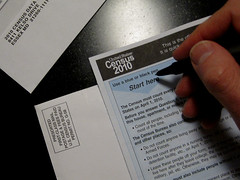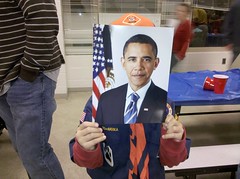S ociologist David Garland has written in the Washington Post about the contentious issue of the death penalty.
ociologist David Garland has written in the Washington Post about the contentious issue of the death penalty.
Much of what we think we know about American capital punishment comes from the longstanding debate that surrounds the institution. But in making their opposing claims, death-penalty proponents and their abolitionist adversaries perpetrate myths and half-truths that distort the facts. The United States’ death penalty is not what its supporters — or its opponents — would have us believe.
According to Garland, Americans are not as death-penalty-happy as you may think.
In fact, this country barely uses the death penalty today. Fifteen states and the District of Columbia have abolished capital punishment. Of the 35 “death-penalty states,” one-third rarely sentence anyone to death and another third impose death sentences but rarely carry them out. In many states, the only people to be executed are “volunteers” — death row inmates who abandon an appeals process that would otherwise keep them alive.
And the U.S. has made the practice more humane, though European nations have been quicker to abandon it altogether.
For most of the past 200 years, American states have been on the vanguard of death-penalty reform…The United States led the effort to develop less painful execution techniques, replacing hanging first with the electric chair, then the gas chamber, and finally with lethal injection…It is only in the past 30 years that a gap has opened up, with Europeans abolishing the institution and Americans retaining it in an attenuated form.
Government structure has a lot to do with why nations keep or abolish the death penalty. European leaders have managed to get rid of the death penalty in spite of public approval of the practice.
The United States’ democracy is different. Each state can choose whether to have the death penalty. It’s not a central government decision, as it is in other countries. Our criminal justice system is different, too. In many cases, we elect prosecutors and judges — a politicization of the process that is unheard of elsewhere. In this country, the Supreme Court is the one national institution that has the power to abolish capital punishment throughout the nation.
Finally, whether the death penalty “works” or not to deter crime, Garland says it serves other social purposes.
In a nation where the prison system is so overused that the currency of imprisonment is largely devalued, the death penalty allows juries to make an emphatically punitive statement. Politicians give voters what they want by enacting capital punishment statutes even when they will never be enforced. Prosecutors use the threat of a death penalty as leverage to elicit plea bargains and cooperation. The news media are drawn to death-penalty cases because they elevate a routine case to a suspenseful drama where life and death are at stake.
We avidly consume these dramatic stories and enjoy the opportunity to engage, once more, in the old and familiar debate. But it’s time to change the terms of that all-too-familiar debate. Getting past the myths and looking at how the death penalty actually operates is one place to start.









